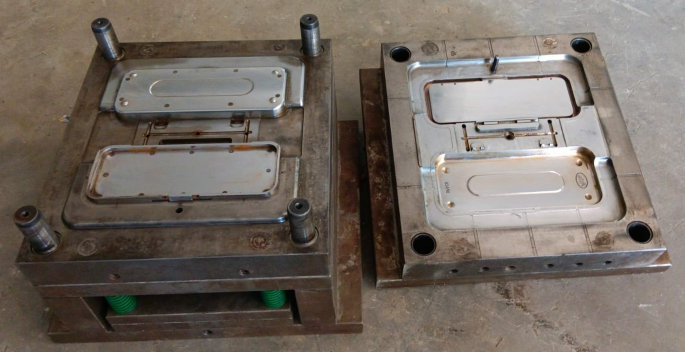Manufacturing a Round Plastic Pail Mould: Mastering the Art of Precision and Efficiency
The manufacturing industry plays a critical role in the global economy, providing a wide range of products that are essential to our daily lives. One such product is the round plastic pail, a versatile container used for various purposes, including storing liquids, chemicals, and other materials. The process of manufacturing a round plastic pail mould requires a great deal of precision and efficiency to produce a high-quality and functional product.
The first step in manufacturing a round plastic pail mould is designing the mould itself. This involves creating a detailed blueprint that specifies the dimensions, shape, and other features of the mould. The design must take into account the specific requirements of the pail, such as its capacity, structural integrity, and compatibility with different lid types. Advanced computer-aided design (CAD) software is often used to create accurate and precise mould designs.
Once the mould design is finalized, the next step is selecting the appropriate materials for the mould construction. Steel is commonly used due to its durability and ability to withstand the high temperatures and pressures involved in the injection molding process. The selected steel is machined and shaped according to the mould design, taking into consideration the intricate details such as the handle, spout, and reinforcing ribs.
After the mould construction is complete, it is time for the injection molding process. This process involves injecting molten plastic into the mould cavity under high pressure. The plastic is usually in the form of small pellets or granules, which are melted and forced into the mould using a specialized injection molding machine. The high pressure ensures that the plastic fills every nook and cranny of the mould, resulting in a precise and accurate reproduction of the mould design.
During the injection molding process, it is crucial to maintain precise control over various parameters, such as temperature, pressure, and cooling time. Any deviation from the optimal conditions can lead to defects in the final product, such as warping, sink marks, or incomplete filling of the mould cavity. To ensure the highest level of precision and efficiency, automated injection molding machines with advanced control systems are often used.
Once the plastic has solidified within the mould, it is time to remove the pail from the mould. This is done using specialized ejection systems that push or pull the pail out of the mould cavity. Care must be taken during the ejection process to avoid damaging the pail or the mould. Any imperfections or defects in the mould surface can be transferred to the final product, affecting its quality and functionality.

After the pail is successfully ejected from the mould, it undergoes a series of post-processing steps to ensure its final quality. These may include trimming excess plastic, smoothing rough edges, and adding additional features such as handles, lids, or labels. The pails are then inspected for any defects or imperfections, and any necessary corrections or adjustments are made.
Manufacturing a round plastic pail mould requires a meticulous balance of precision and efficiency. Each step of the process, from design to post-processing, must be carefully executed to ensure a high-quality and functional product. The use of advanced technology, such as CAD software and automated injection molding machines, greatly aids in achieving this goal. By mastering the art of precision and efficiency, manufacturers can produce round plastic pail moulds that meet the ever-increasing demands of the industry, contributing to the overall growth and development of the manufacturing sector.
ก่อนหน้า:Exploring the Process of Injection Molding Plastic: An Overview
ต่อไป: Creating the Perfect Plastic Chair Mold: A Step-by-Step Guide
-
Injection Molding for Automotive Parts
2023-6-3
Injection molding is a widely used manufacturing process in the automotive industry for the production of high-quality a...
ดูรายละเอียด -
Plastic box mold injection molding, excellent quality creates the future
2024-4-19
In today's wave of industrial production, plastic box mold injection molding, with its excellent quality and innovative ...
ดูรายละเอียด -
Injection Mold: A Cost-Effective Solution for Mass Production
2023-4-15
Injection molding is a manufacturing process used to produce large quantities of identical parts. It involves melting pl...
ดูรายละเอียด -
Manufacturing a High-Quality Plastic Vegetable Crate Mold: Innovation in English
2023-7-8
In today's fast-paced world, the demand for efficient and reliable packaging solutions has never been higher. Plastic ve...
ดูรายละเอียด -
The Cost of Injection Molding: Understanding the Factors that Affect Manufacturing Costs
2023-6-18
Injection molding is a popular manufacturing process used to produce parts in large quantities. It involves the melting ...
ดูรายละเอียด -
Understanding the Factors that Impact Injection Mold Costs
2023-8-12
Injection molding is a popular manufacturing process used to produce a wide range of plastic products. It involves injec...
ดูรายละเอียด







